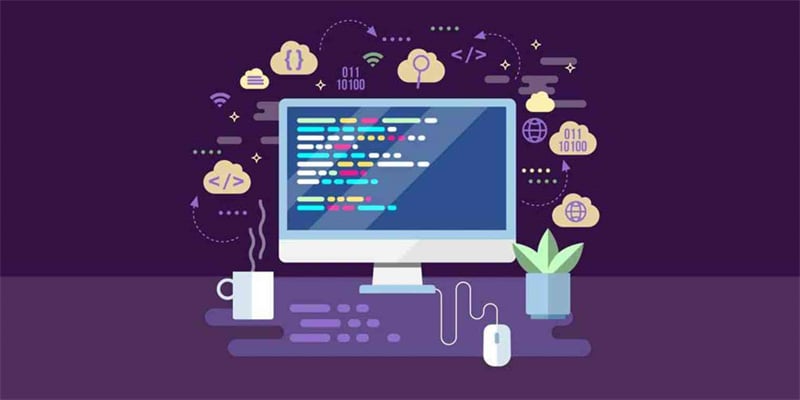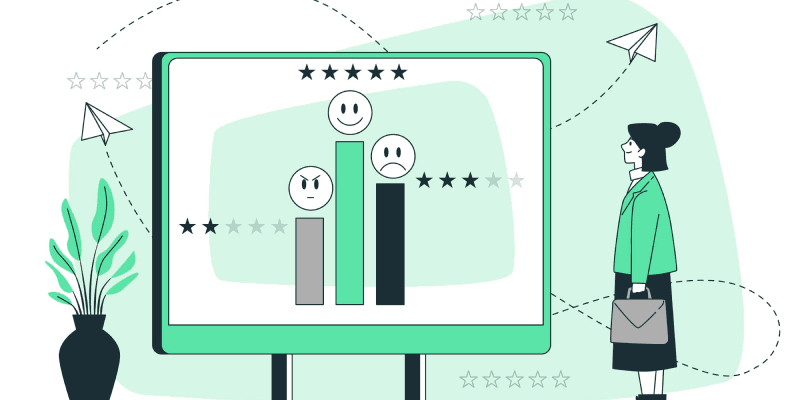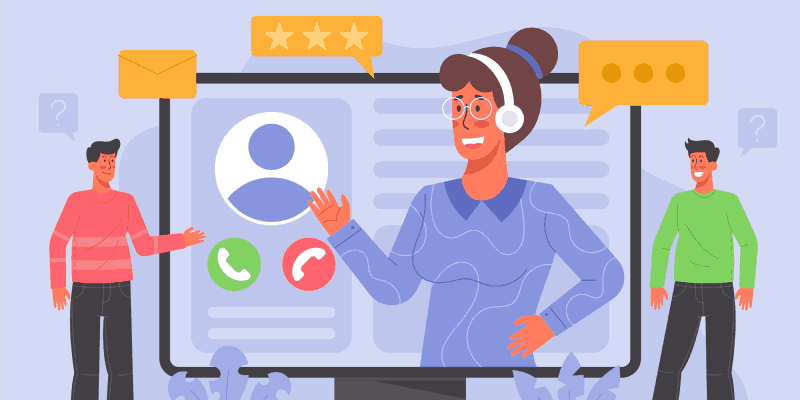Segmenting Your Customers for Customer Success

What are Customer Segments? Customer Segments are groups of customers created in order to apply separate engagement strategies.
You’ve heard the term “all customers are equal”, well, that’s just ridiculous. Some are more valuable to you than others and they are all different, be it in their profile, how they consume your solution or what they are looking to achieve by using it. It may not be scalable to tailor a different engagement strategy for each client, but identifying some common customer traits will enable you to deliver an experience to your customers that can better fit their individual needs.
Why Should You Segment Your Customers?
Why do we do anything in SaaS? To grow the Lifetime Value of your customers of course! You want satisfied customers that see business value in your solution and will expand their investment with you through time. If you understand your customers’ specific needs and can help them achieve their desired outcomes – they are of course more likely to invest more.
9 Practical Examples of Customer Segments
Most companies start out by segmenting based on Monthly or Annual Recurring Revenue (MRR/ARR) which seems logical but it’s a pretty blunt instrument. ‘Spend’ is important to bear in mind but doesn’t help you understand your customers or their motivations particularly well.
To get you thinking about the type of segments you can apply to your base, I’ve outlined a few examples below:
Segmenting by Most Profitable/Valuable Customers (MVCs)
It’s key to be able to track how these customers are performing with your solution as any churn with this segment could have a significant impact on your bottom line. Once you can identify how you sourced these MVCs, you can drive more resources toward acquiring more of these superstar customers.
Segmenting by ‘Bad-Fit’ Customers
Selling to bad-fit customers hurts your business. They are a drain on your company’s resources from the top of the marketing funnel all the way to Customer Success and Support. These are the ones that spend the least amount per month, log the most support tickets, take the longest to onboard and are unlikely to purchase more licensing or services. They are also the most likely to churn or cancel before you have clawed back your acquisition cost.
Building a segment for this cohort will enable you to identify where you are wasting your marketing dollars and who to advise your sales team to qualify out. If you are not covering your acquisition and retention costs with these customers, it could be time to say goodbye. Firing them as customers may be the best for all concerned.
Segmenting Customers by Plan
As SaaS firms, you most likely have multiple plans, perhaps ranging from ‘Freemium’ to ‘Enterprise’. This gives you a pathway for expansion and the holy grail of net MRR growth. This is a key segment and tracking behaviors within plan segments will provide key data in your expansion strategy. From an adoption and health point of view, however, applying the same engagement strategy to all customers based only on plan type or spend ignores the key truth – customers within a plan segment will be looking to achieve wildly different outcomes from using your solution. Treating them all the same is unwise at best. A better approach will be to apply multiple segments when building engagement strategies or applying campaigns.
Segmenting Customers by Desired Outcome
Customers don’t use software for our reasons; they have their own challenges and objectives. Segmenting customers according to what they are looking to achieve by using your solution (their “Desired Outcome“) will allow you to tailor relevant messaging and intervene to ensure goals are being achieved. It also aids in leveraging expansion opportunities when goals have been achieved.
Segmenting by User Behavior
With the right usage data and the right analytics, you will be able to group customers according to their behavior. From there you can establish how likely they are to churn or whether they may be a candidate for upselling. Building these segments will require some form of regression analysis to show cause and effect. It’s hard but if you can get this right, you should be well on your way to maximizing adoption, health, and revenues.
Segmenting Customers by Source
In order to minimize your cost of acquisition and maximize Customer Lifetime Value (CLV), understanding which channel(s) your best customers come from is key. If your most valuable customers tend to come from paid ads, conferences or Business Development Reps (BDRs), you will know to double down on your investment in those channels.
Segmenting Customers by Potential
You may be able to identify common traits among customers that are likely to grow their investment in your business. If so, you can afford to be less aggressive at the initial sale and let your Customer Success team apply a ‘seed and grow’ engagement strategy with this segment. Conversely, you may be able to profile customers that don’t tend to grow beyond the initial sale. You can leave it to the sales team to apply a more bullish sales strategy to prospects that fit this profile.
Segmenting Customers by Industry
We are always in search of product-market fit, and nothing stays still. Tracking industry or similar segments will ensure you are aware in real-time when market changes happen and you can adapt accordingly.
Segmenting Customers by Success! (Or Lack Thereof)
Getting your customer to their first win with your solution (reducing the ‘time to first value’) is imperative to preventing early churn. Identifying the indicators of a stalled onboarding and building a strategy to mitigate this will be key to your success.
You’re Getting Started?
Do you have the tools, the data or the scale to segment your customer base? How do you get started?
First, Avoid Premature Segmentation
If you don’t have enough customers, your options may be limited. You won’t be able to identify statistically significant trends that will enable you to effectively segment your base on usage, etc. In this case, limit your customer segments to simple groups, e.g. product or plan. Meanwhile, focus your efforts on growing your customer numbers, you’ll know when the scale becomes sufficient to warrant further segmentation.
Data! Data! Data!
Your customers are in there somewhere.
Are you collecting sufficient, applicable and relevant data about your customers to ensure your segments are meaningful? Are you tracking how your customers use your solution? Do you have access to interactions between your customer and other parts of your business? Work with your IT department or Customer Success Ops team to collect:
Application Usage Data
In most cases, the most interesting data about your Customers is how they use your product on a day to day basis. Tools like Google Analytics, Mixpanel, and Segment allow you to easily track activity metrics and usage patterns.
Customer Interactions
From the first cold call from your sales team to their last paid invoice, there are literally hundreds of interactions between your Customer and your business. You should be breaking down data silos in your business to collect information about customers interactions with marketing material, payment history, customer support requests, past and current deal flows, as well as traditional Customer Success interactions like training, Net Promoter Score (NPS) surveys, and routine business reviews.
Bespoke Metrics
Each product is different and will have different metrics that can be used to create useful Customer Segments. These metrics might include the plan they purchased, the number of licenses they have activated or domain-specific data points like “Number of Projects Created” or “Tickets Currently Pending”. Often this data is stored “in” your application and will require coordination with your product team to extract.
Technology is your Friend
You have the data and you are ready to slice and dice your customer base into a dozen useful segments–what next? For many, the first step is to manually transfer the data you have collected into a small Excel spreadsheet. By the power of formulas, you can start to filter your Customers into useful segments that can start driving your Customer Success efforts. However, as your customer base grows and your Customer Success efforts become more and more sophisticated, you will quickly outgrow such a solution.
Modern Customer Success Management Software is made first and foremost to help you successfully segment your Customer Base. The right software solution should: automate your data collection, provide a point-and-click interface for creating new Customer Segments. And most importantly it will close the loop on changes within your segments – alerting you when and how you need to intervene to rescue a risky situation, offer training or look to upsell.
Next Steps
With your shiny Customer Segments created and up-to-date you can begin to put them to work. The next steps might include creating segment-based alarms, pre-defined playbooks or powerful Customer Health Scores based on your new found power of Customer Segmentation.








